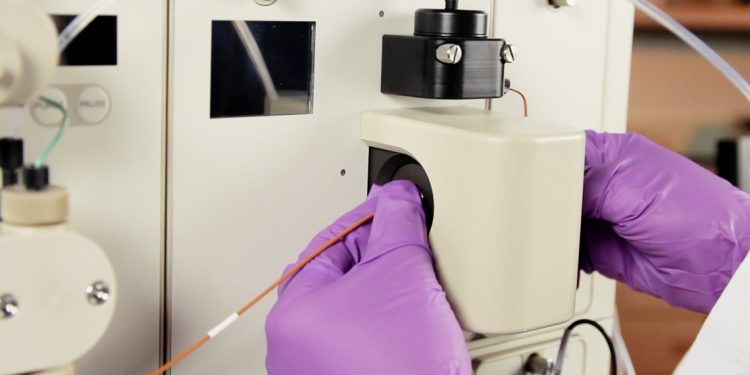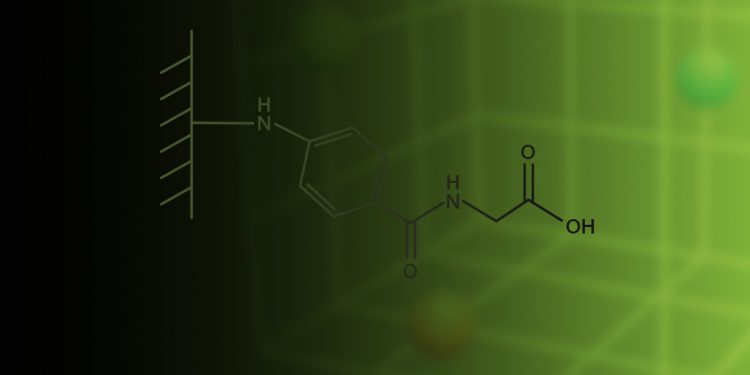
Practical Experimental Design for Mixed-Mode Resins
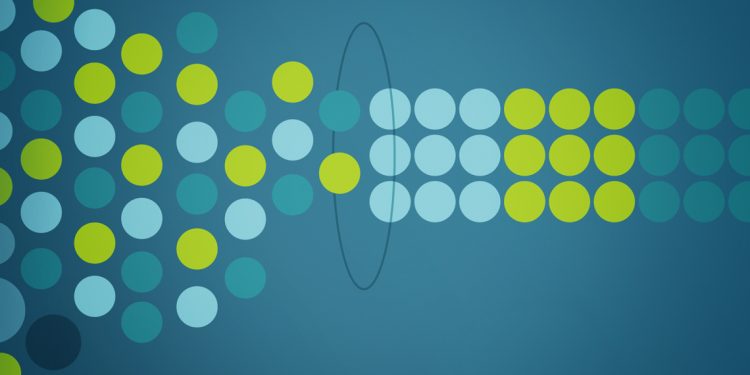
An IMAC Resin for a Highly Productive Histidine-Tagged Protein Purification Process
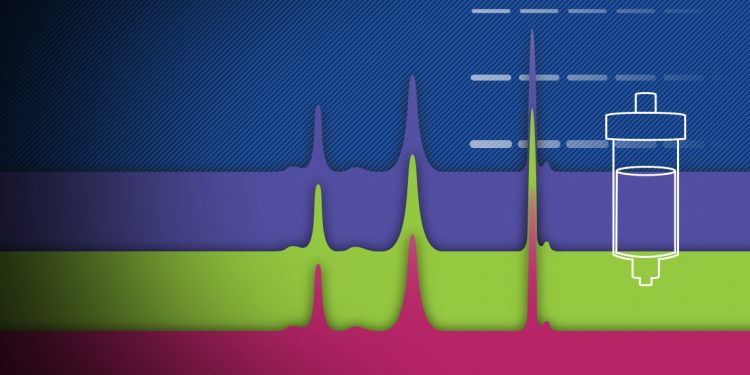
Modern Improvements to Classic Technologies: Innovating Electrophoresis and Chromatography Upstream of Protein Characterization to Speed Up Research

From Optimization to Automation: Multidimensional (Multi-D) Histidine-Tag Protein Purification

Coupling Automated Chromatography with Faster Confirmation of Purity and Yield
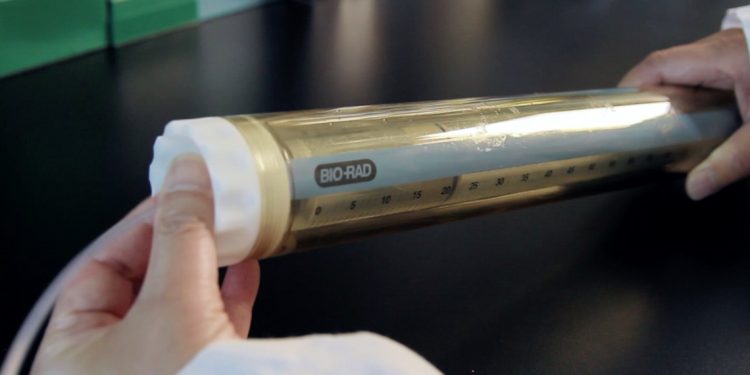
Attaching a Dynaloop to the NGC™ Chromatography System
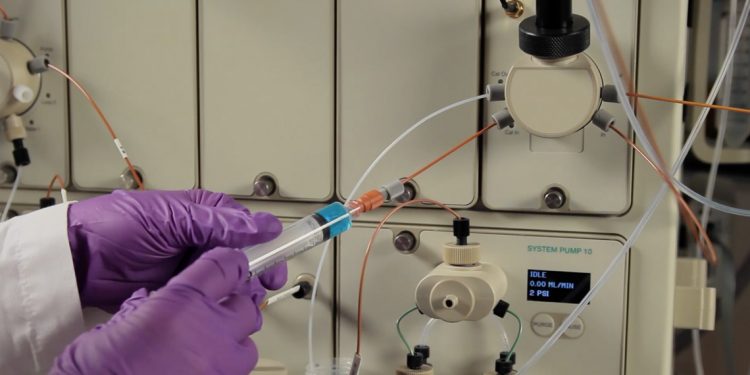
Calibrating the pH Valve on the NGC™ Chromatography System

Tips and Strategies for Successful Purification of Your Proteins
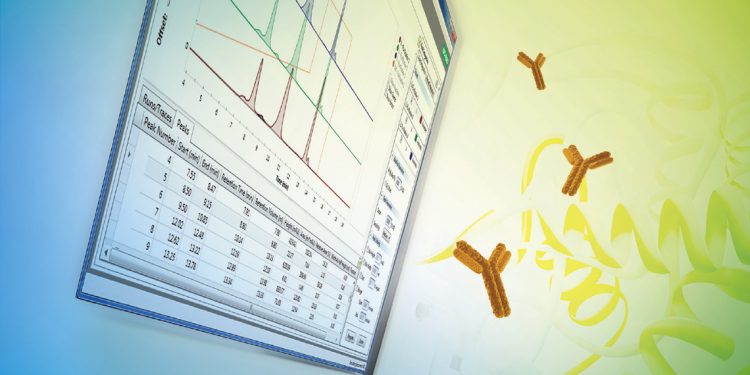
Synthesis and Purification of Recombinant Proteins — A Success Story
